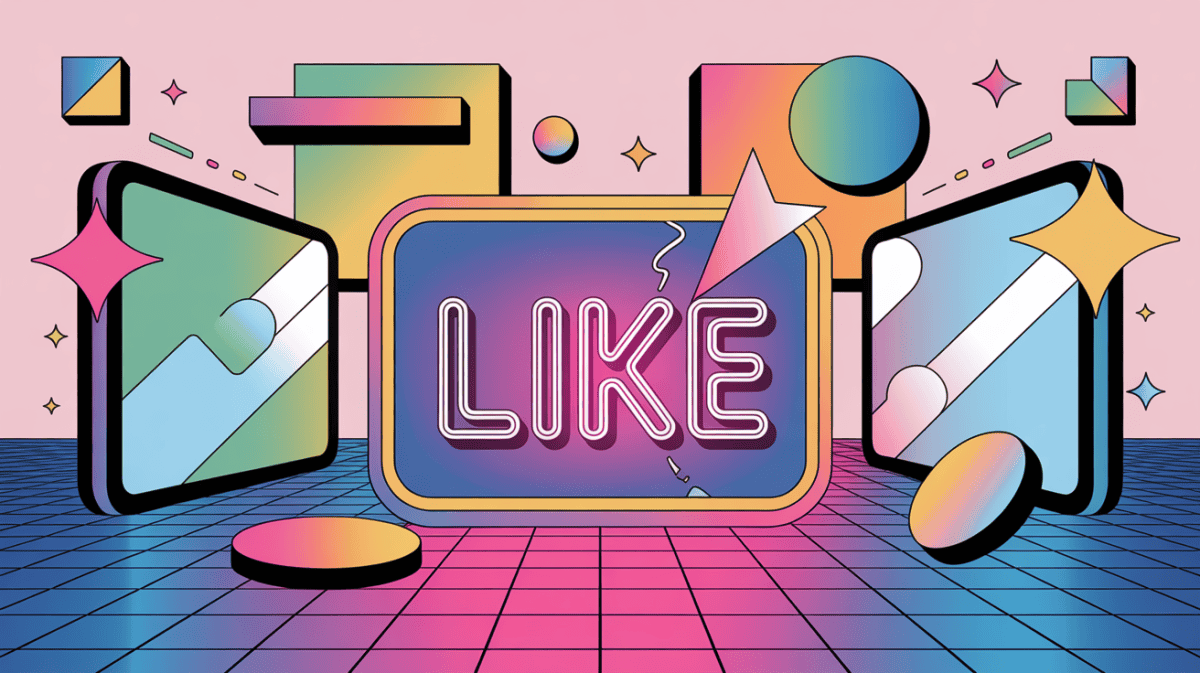If It’s Frictionless, It’s Probably Dangerous
Everyone is celebrating AI’s power to “remove friction.” But if the future of digital design is shaped only by flattening every bump and smoothing every interaction, what are we left with? A world so optimally convenient it becomes invisible—and unmemorable. History says that challenging products spark real loyalty and creativity, while over-engineered ease dulls engagement. As designers, what if our new job is to fight for the value of friction—the lessons learned in the struggle, not just the dopamine rush of the shortcut?
The Tyranny of the Majority: When AI Decides What’s ‘Good’
AI in design isn’t neutral. Its opinions are shaped by the biases of its training data, the feedback loops of user behavior, and the pressures of market adoption. The risk? We amplify the lowest common denominator, endlessly rewarded by the algorithm for following the crowd. The true danger isn’t that AI automates creativity—it’s that it automates conformity, quietly vetoing weirdness, challenge, and everything outside the data bell curve. The result might impress on a dashboard, but it leaves design culture poorer.
Reviving the Unpopular: Design as Rebellion
The bravest act in AI-powered design isn’t scaling up—it’s bringing back ideas, aesthetics, and experiences that don’t easily scale at all. In a world driven by engagement metrics and predictive personalization, the most radical move is to defy the script: to create a product, a moment, or an interface that dares to be divisive, even disorienting. The future will belong to those who design “unpopular” things—experiences that teach rather than appease, that push users to question, stretch, and even disagree.
The Ethics of Discomfort
Design leadership in the age of AI is not about shielding users from discomfort, but about using discomfort thoughtfully. The next frontier is ethical “pain”—building in tension, moral ambiguity, and self-discovery instead of simply resolving every friction point. When digital products challenge us, they become more than background noise; they become vehicles for learning, growth, and reflection. This isn’t a call for design sadism—it’s a conviction that ethics are more than doing no harm; they’re about doing good, even if it’s sometimes uncomfortable.
Can You Design for Disagreement? (Yes, and You Must)
Designers have a duty to create spaces where disagreement, discord, and debate aren’t bugs, but features. As AI begins to write more of our interfaces, product workflows, and even stories, we must leave room for unpredictability—so real humans can enter the frame, challenge the model, and claim their right to be difficult, original, and beautifully, uncomfortably human.


Leave a Reply